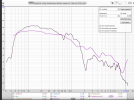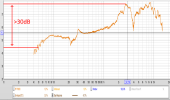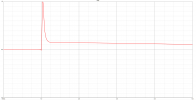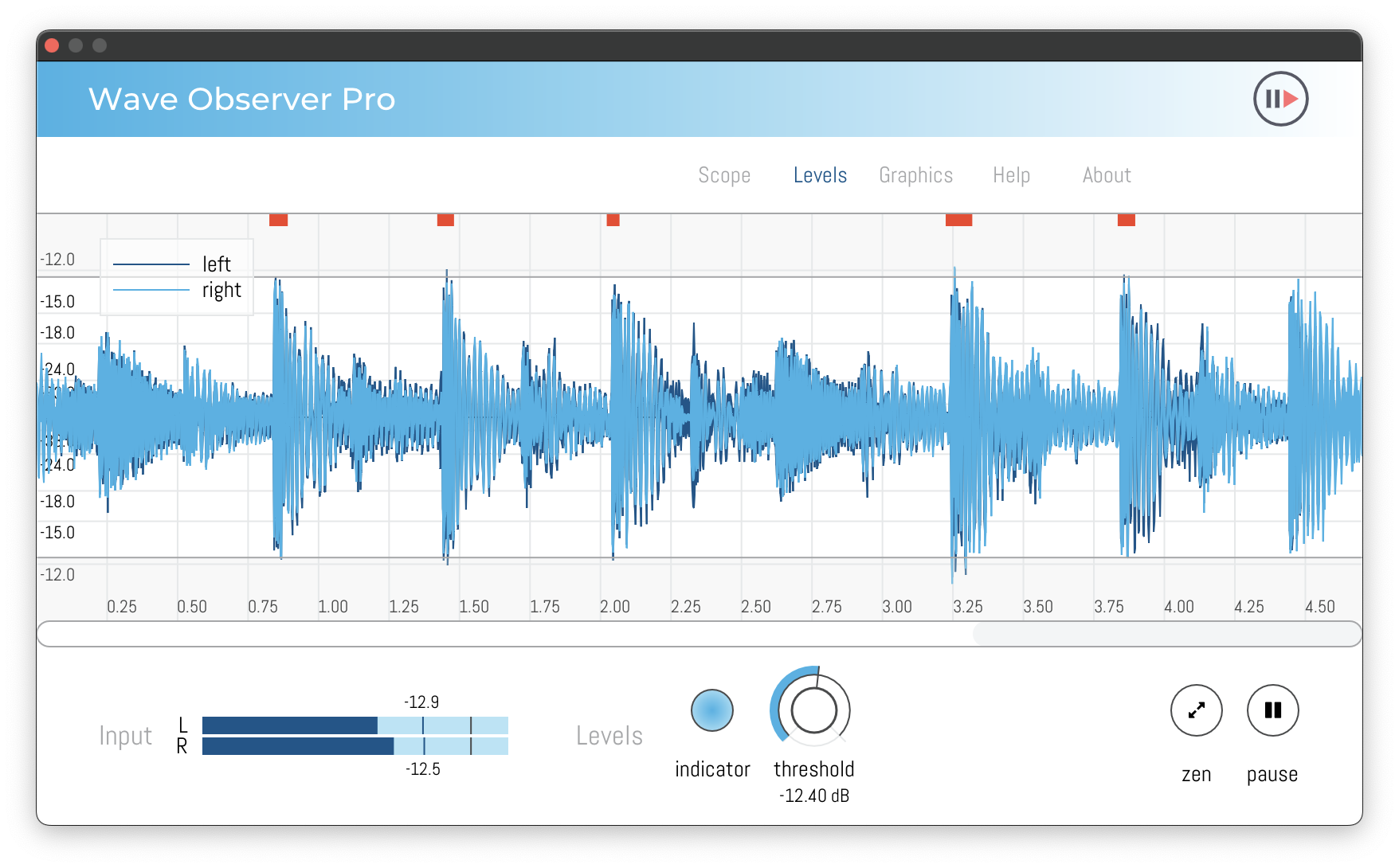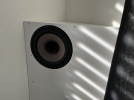I understand Linear superposition and i undersand what you want say. frequency and driver have influence of the step response. I agree to this. But this is no forumula with 2 unknown parameter because the Frequency response is measure too and a software can calc step response with normalize FR to better compare. or just use a 100 hz 24 db highpass for all speakers, so the bass range is not so low. I understand that in Bass range small and large speakers are much diffrent in FR. this have a little influence of the fall time of the step response.
here you can see much diffrent FR of the JBL done with EQ in Bass Range. but the fall/rise time from 20% to 20% level increase only a little from 580 µsec to 650 µsec (this are 12%) with this much diffrent Bass frequency change. the kali step response 20% to 20% time need 1440 µsec but have not so much bass as the JBL with the EQ. so because of the kali bass there need much shorter step response, and so conclusion is the driver is very slow.
EDIT: the JBL measure in compare at 1.5 cm. because the room have very less influence it can give much bass. because its coaxial the tweeter is see too in FR and step response
View attachment 169839View attachment 169840
so i think the step response of a speaker is important to see. if you like it more, then can ignore the fall time and show only the raise time. impulse response i think not usefull when test complete speakers. because in a impulse response it is hard to see which is the raise and fall time of the mid/bass. or maybe need see the impulse response of bass/mid or mid only to see if it is good for ITD
View attachment 169838
Or can somebbody explain how i can see on the JBL and kali and headphone impulse response compare which is faster ?????. i can only see the kali look slow. but the headphone look much slower as jbl but it is not
